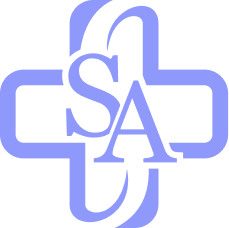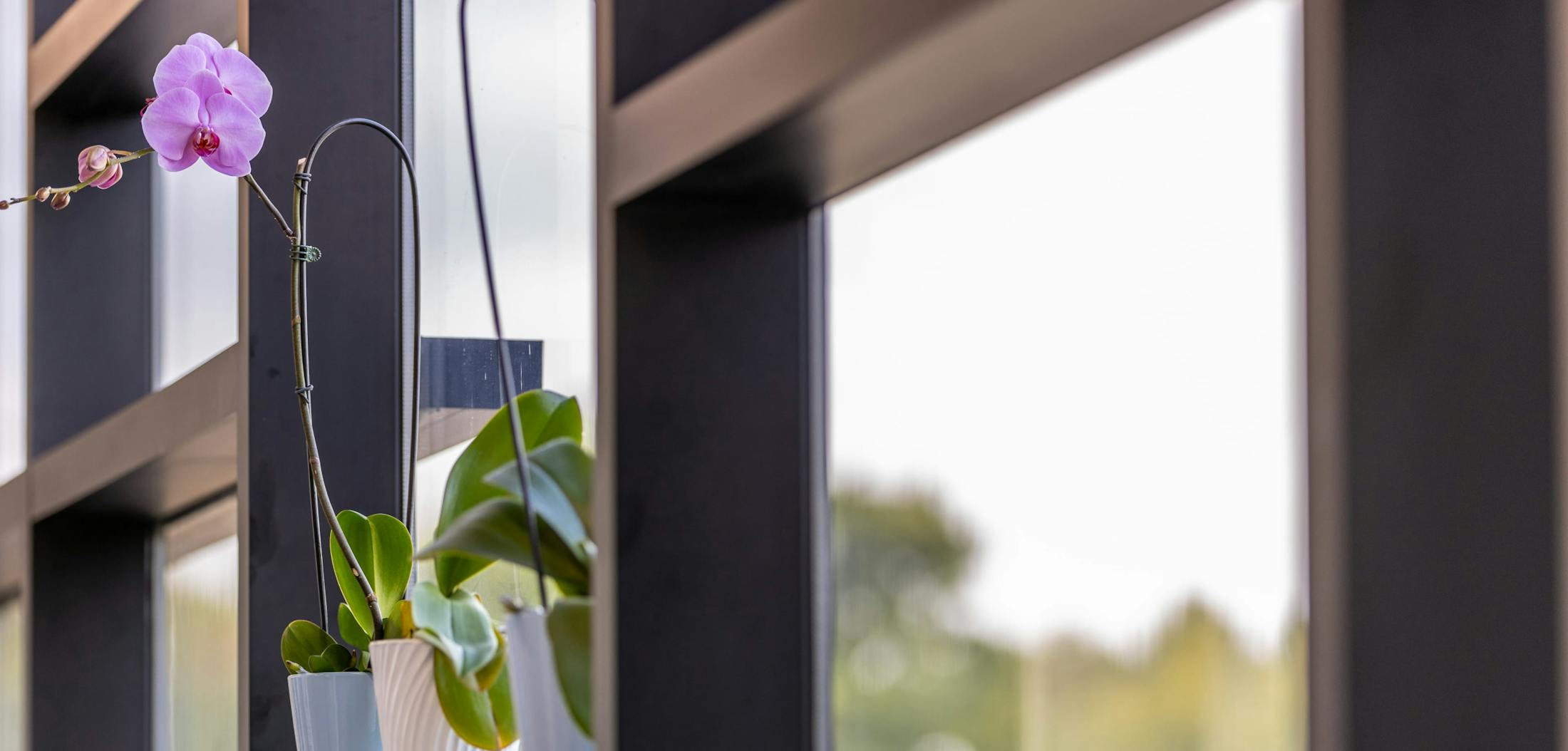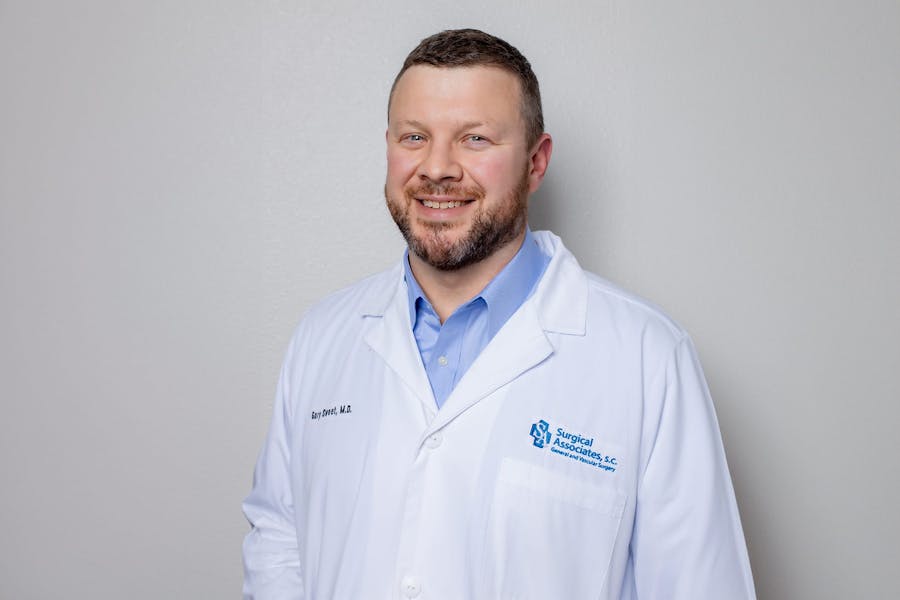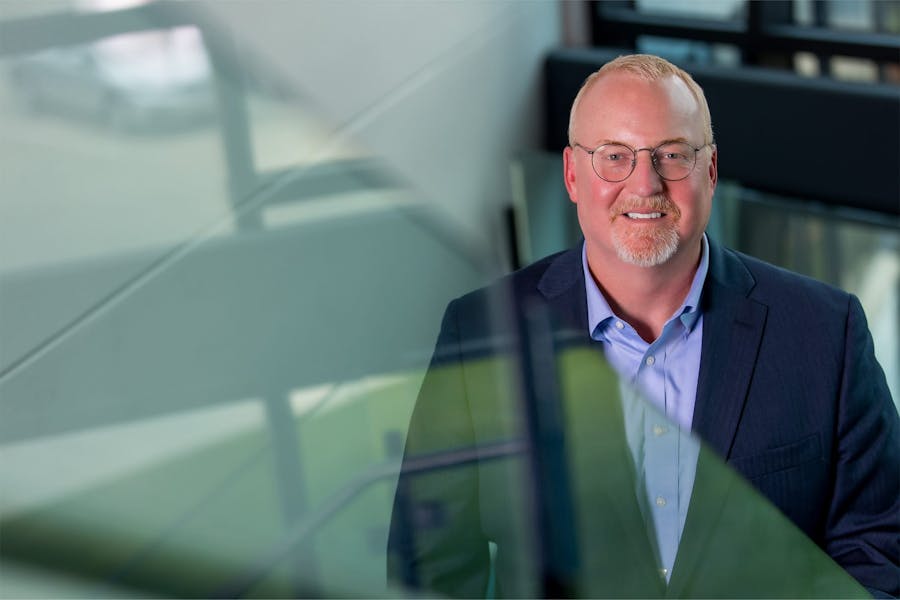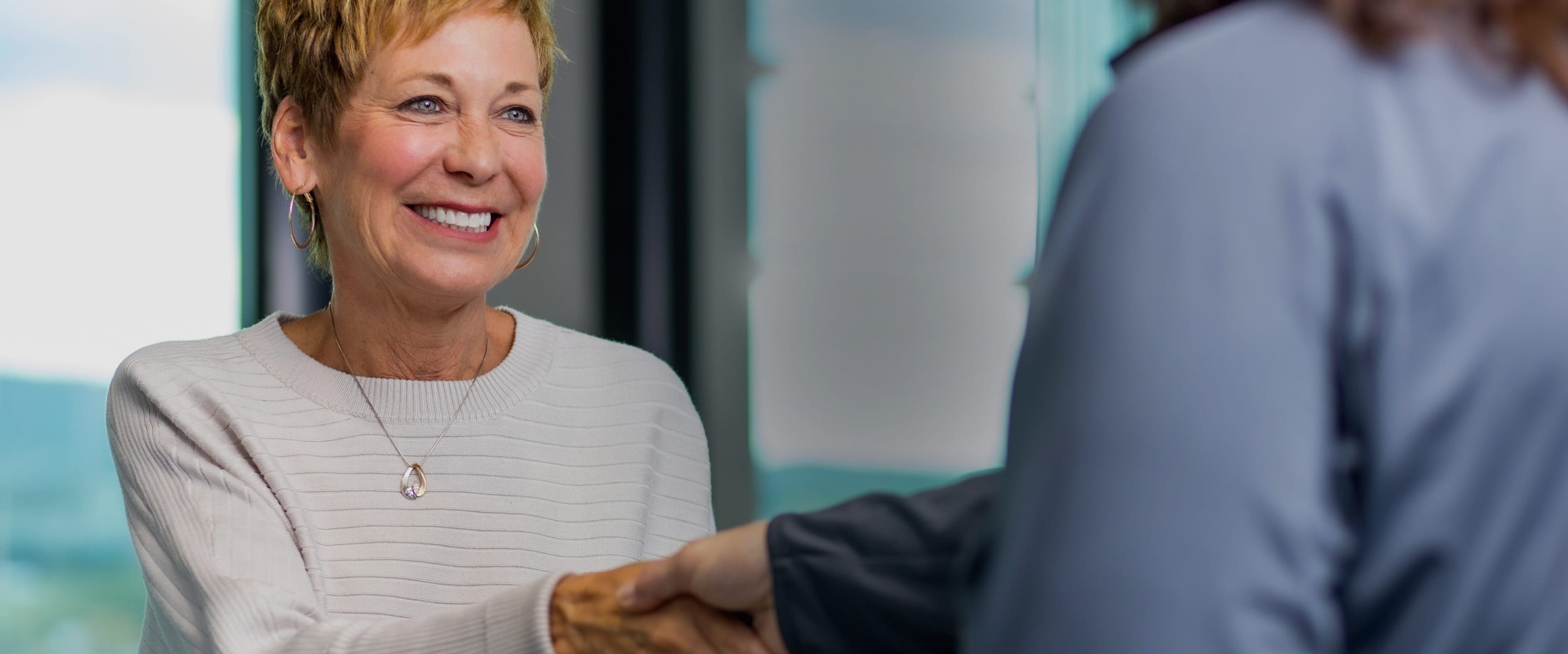Gastric reflux, commonly known as acid reflux or GERD (Gastroesophageal Reflux Disease), affects many individuals, causing discomfort and potential long-term health issues. At Surgical Associates, we specialize in advanced gastric reflux procedures in Wausau designed to provide lasting relief and improve the quality of life for those suffering from this condition.
What is gastric reflux?
Gastric reflux occurs when stomach acid flows back into the esophagus, leading to symptoms like heartburn, regurgitation, and discomfort. Chronic GERD can lead to more serious complications, including esophageal damage. While lifestyle changes and medications are often the first line of treatment, surgical intervention may be necessary for long-term relief, especially in cases where conservative treatments fail to provide adequate relief or when complications arise.


